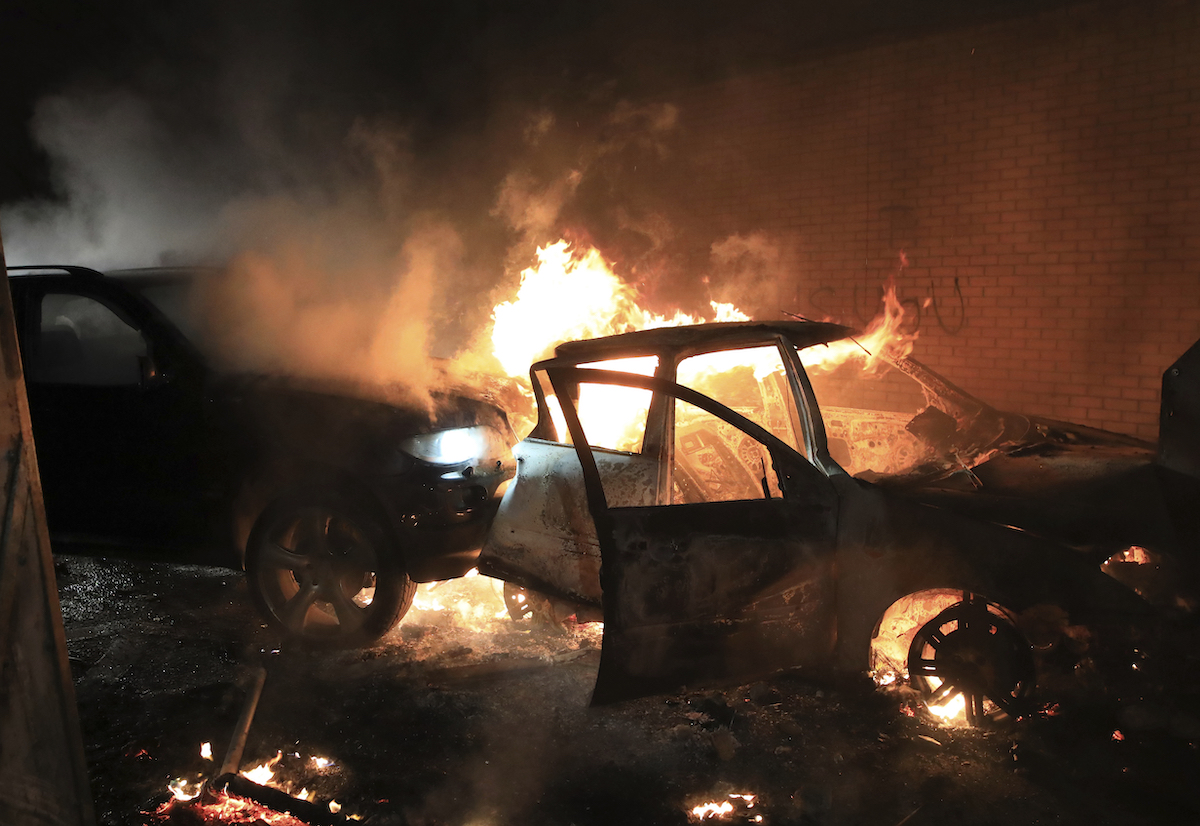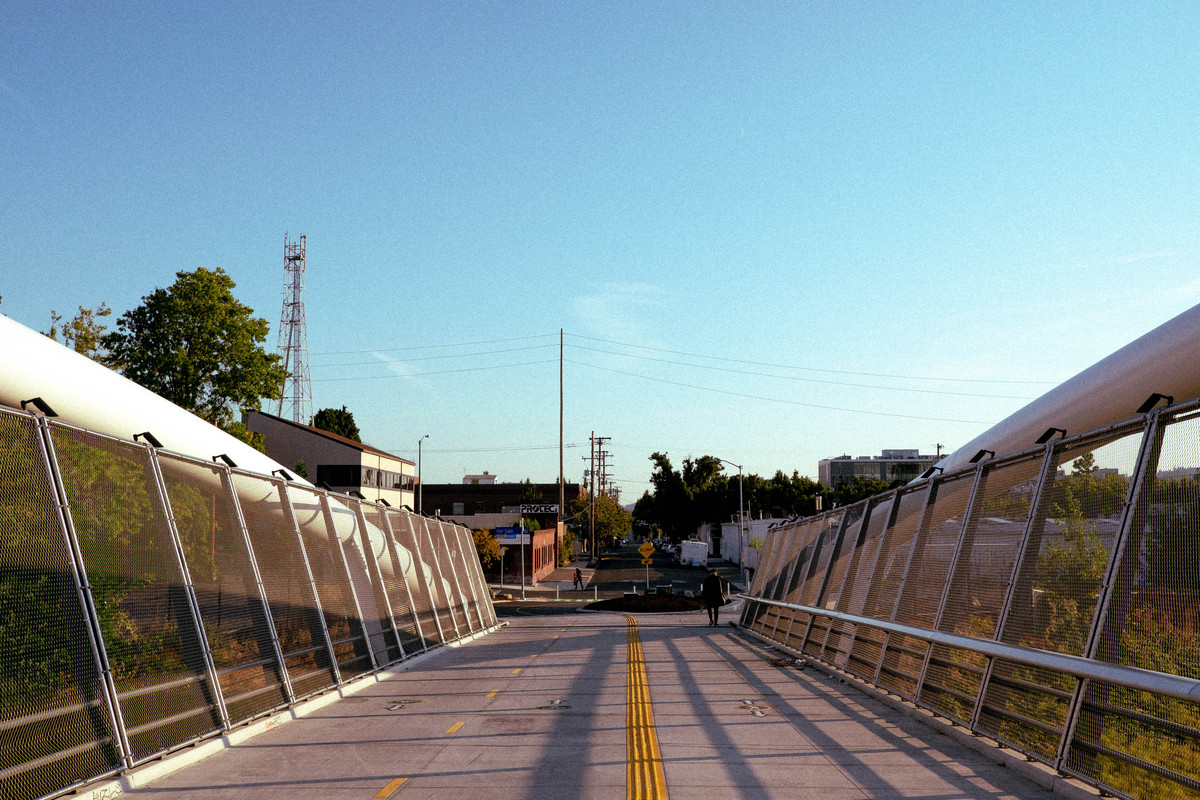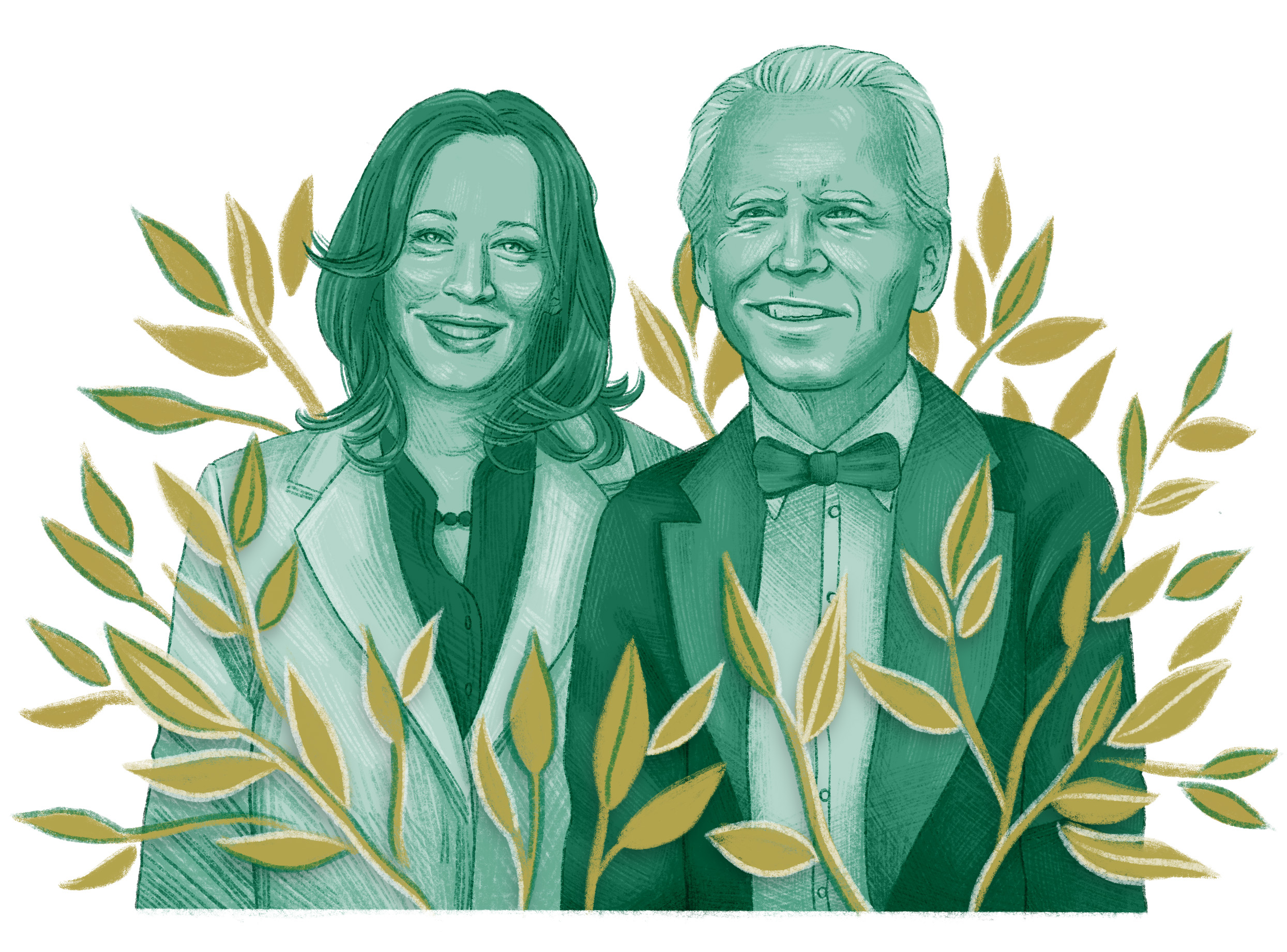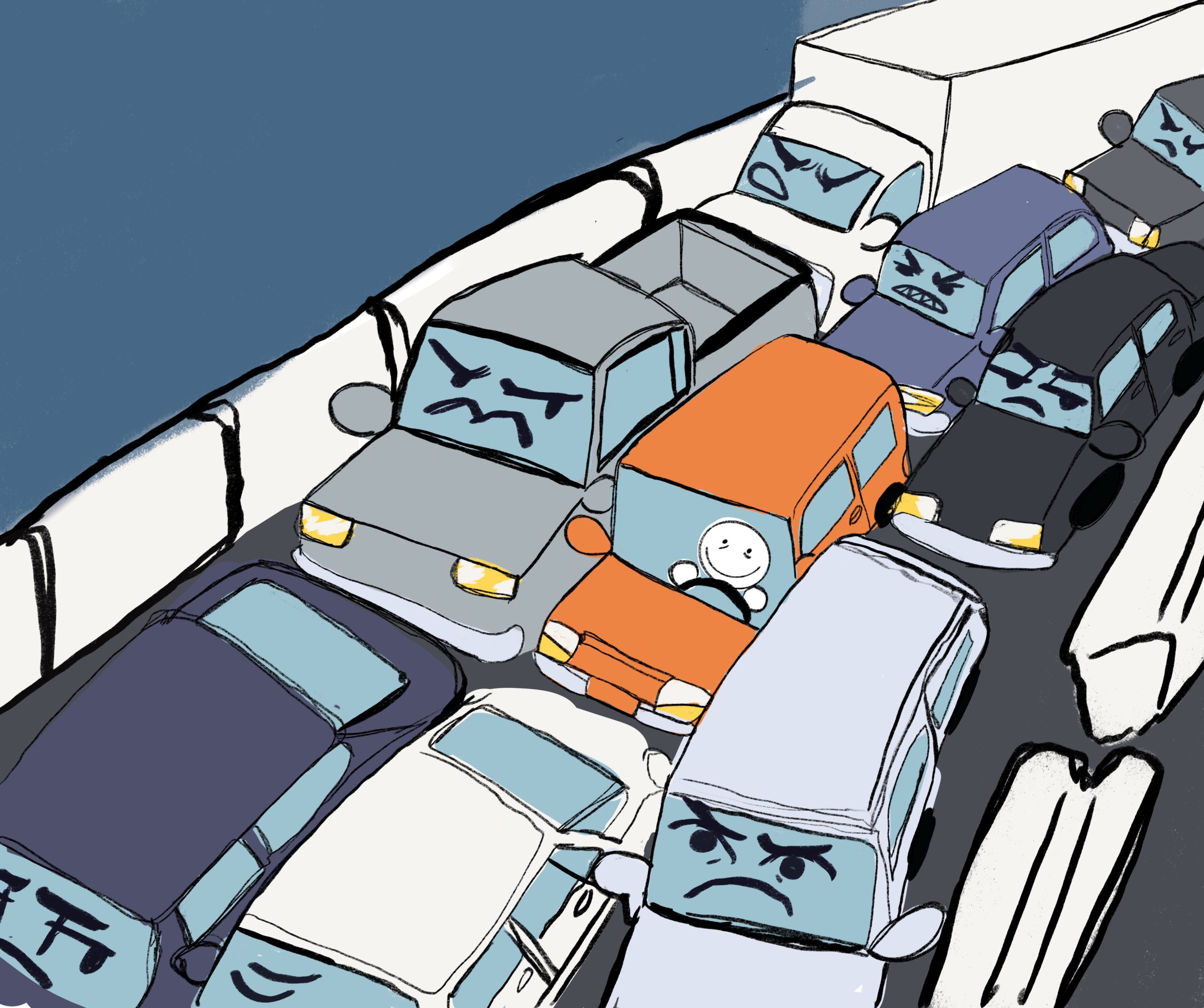As cars flood back into the once-empty streets of the early days of the pandemic, and affluent urbanites are forced out of their open street canopies and cabanas, a weak public outcry can be heard: Open the streets for pedestrians!
But this is really a structural problem. Sure, cities should be centered around pedestrians rather than cars. But there are larger issues at stake for those living on the outskirts of the cities, lower-income neighborhoods or industrial areas, where bougie outdoor restaurants are nowhere to be found. Not even during COVID-19 did their streets become closed off pedestrian hubs. For most Americans, cars carry a hell of a lot of loaded class issues.
The average person in the United States pays $125 per month on insurance, $165 per month on gas, and if they have a car loan, $420 per month. This means that the average person has to pay $290–710 every month to legally own and operate a car. If maintenance is factored in, as it often must be for cars, those figures will increase by an average of $100. If we are not given money or any sort of standard general welfare from the government, and if our residential communities are not always linked to any viable form of public transportation, how can people be expected to shill out $500 or $600 a month? The Bureau of Labor Statistics states the average American spends 17% of their income on transportation costs alone.
The Interstate Highway System was a malicious act, where Black communities were cut through, disrupted, and excluded from any of the benefits of the system. Black communities—whose neighborhoods were disrupted by freeways—suffer a disproportionate amount from the environmental harm of car exhaust and noise pollution, while others built too far from highway access can become food deserts. The conditions of the Highway System have been used in the past as leverage to pass laws, where states would lose transportation funding if drinking ages weren’t increased, effectively sanctioning states that disagreed.
Cars are burdensome, expensive, racist and exploitative. But good thing they are not, like, bad for the environment. Oh, wait. Sorry, I meant to say: and they are bad for the environment. Cars account for 1/3 of the air pollution in the United States. They are composed of materials whose extraction and production choke out the atmosphere and rip scars into the earth, so even if you have a pretty, feel-good hybrid car, you’re not doing much. And for how intensive their production is, they don’t last nearly long enough. While it is an improvement that people no longer cycle through their cars every three years, it’s not a very substantial change that the cycle is now every six years. A quarter of each individual automobile still ends up chilling in a landfill forever.
Pseudo-progressive President Joe Biden recently put out a lofty transportation and energy plan that will bolster the United States’ funding for transportation infrastructure and supposedly divert our reliance on fossil fuels to cleaner energies. But the plan also calls for an increased production of automobiles alongside this. Biden uses frequent Cold War-like rhetoric to frame the issue as one of a production race between the U.S. and China. Over-production and loud-mouthed competitiveness seem a bit inappropriate for a plan centered around the environment and clean energy.
Why should we stick with cars and highways at all? Why should such a large part of American living include going into debt so that you can put yourself into a hyper-individualistic death machine and rocket yourself down a vascular mess of dreary, billboard-laden roadways? Why not move towards safe and collective forms of transportation? Why not widen the public sector and do something productive with the 4.09 million miles of roads in this country?
With all this in mind, it may be hard to shake off a bleak feeling of futility, but the alternatives are endless. The U.S. used to be known internationally for its rail system, but has now become a laughing-stock in a world of efficient, high-speed train travel for passengers. The commercial capability for high-speed rail travel has long been a feasible reality, and one that would immediately benefit the country.
Biden’s plan talks a great amount about the glory days of rail travel, but would do well to carry with it an influx of concrete policy. Since the release of the infrastructure plan, Amtrak has proposed a series of new rail lines, which have garnered some attention and might improve the infrastructure, but there is no timeline or proof of when or if this will actually be realized. And this represents a patterned problem with policy in the country: the state is rendered powerless if the most sweeping legislation it can make only gives money to private corporations with the soft expectation that they will do something tangible with the funds. When I hear Amtrak has a grand plan of re-railing the country, I have a hard time believing it will happen anytime soon, if at all.
While a total overhaul of the highway infrastructure may be unrealistic within the next few years due to the snail pace Washington’s policies crawl at, there are additional alternatives that could be explored. The last decade has seen a rise in ride-sharing programs such as Uber and Lyft, and parallel to this, issues regarding the pay and conditions their workers are subjected to. These companies could be nationalized and deployed by the government, with free rides and well-paid, benefitted drivers. This would lessen the amount of cars on the road and change the level of dependence this country has on the private ownership of cars. To quickly dispel the opposition, who are no doubt grumbling about the loss of profit: Uber has never been profitable. There would be no profits lost and many advantages gained.
These are just two alternatives to the expensive, unequal and cumbersome mass private ownership of automobiles and hellish network of highways we have in this country. We can sit and hope that Biden’s plan will have some effect, and we can carry on the discourse of what problems are inherent to cars and how sunny any other alternative would be, but we cannot forget that progress does not happen simply by pouring money into the pockets of massive corporations. If policy is to be truly progressive, it must be concrete, substantial and organized.





